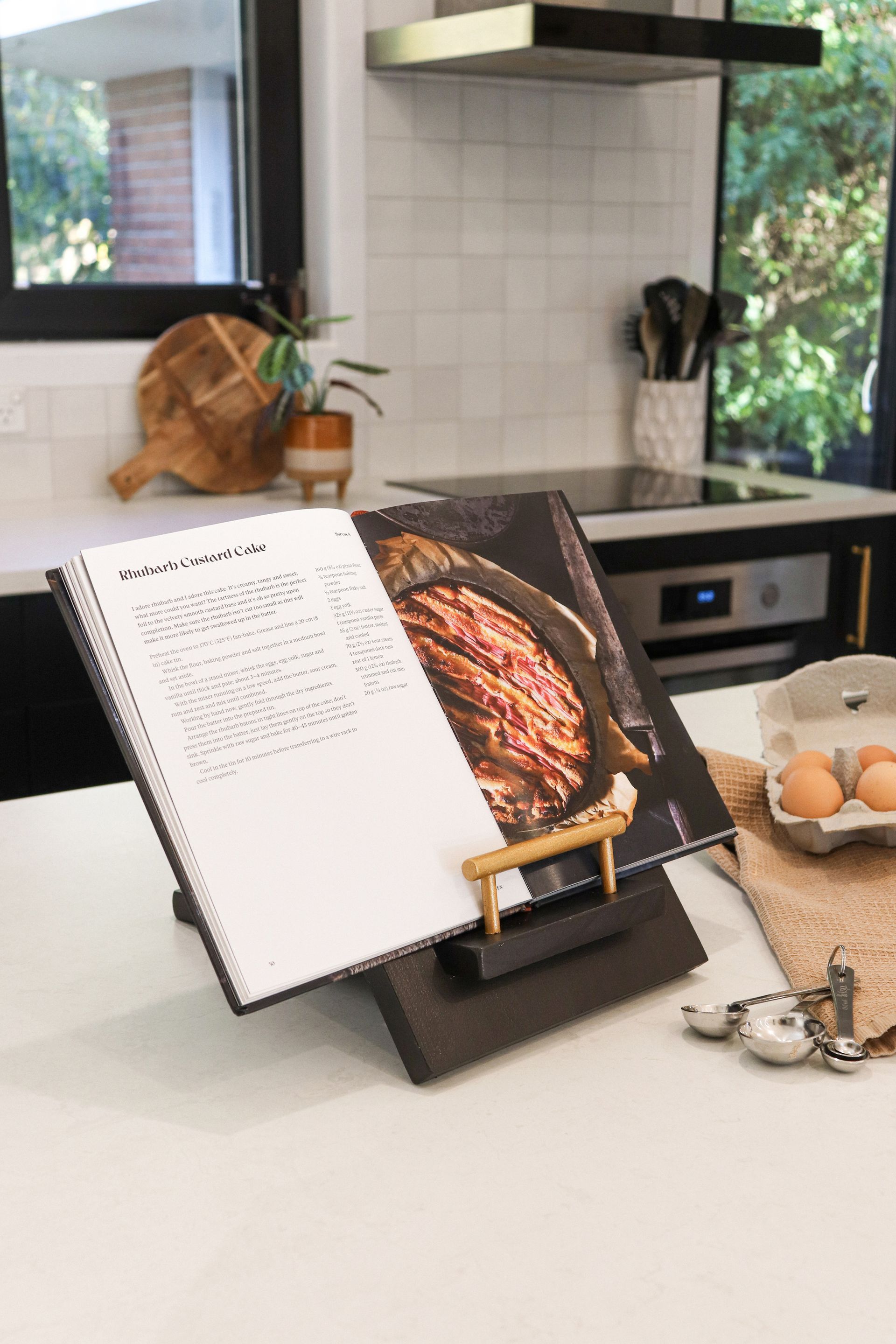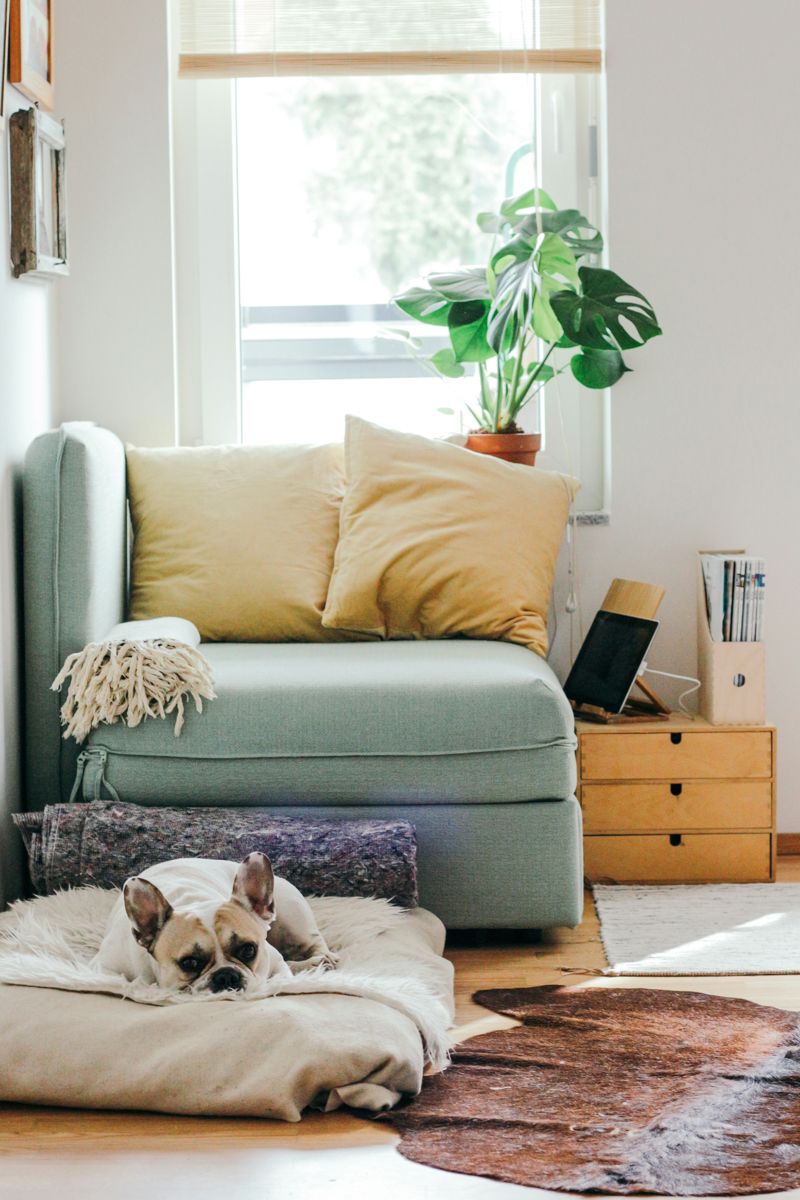Camille Solari’s life has all the glittering bright lights of a Hollywood novel. Her career has seen her work with some of the biggest names in film and television, headlining stand-up shows across the globe.
Camille Solari has produced, directed and starred in an impressive array of movies and television series. That she should end up in the small town of Amberley, North Canterbury, is an unexpected but welcome plot twist in what has been, and remains, an extraordinary life story.
The vibrant and infectiously spirited American comedienne grew up in the conservative town of Brookline, Massachusetts. Daughter of an Italian lawyer and a French-Canadian teacher, Camille knew from an early age that she wanted to pursue a more creative path than her family. ‘Growing up knowing that I wanted to go into the world of arts was tricky. You pretty much had to hide your true aspirations. It was expected that you would become a doctor or a lawyer, like my father, or a teacher, like my mother. Wanting to take the artist path was not something you openly talked about without being mocked,’ Camille explains.
‘I can’t blame my parents for wanting me to go into a different field. They were worried it would not be stable financially, and to be honest, they weren’t incorrect. Making a living in Hollywood is a highly challenging gig. But alas, I was set to follow my dreams and went to a university in Boston, and majored in Shakespeare and creative writing.’
After working at a few entry-level jobs, Camille landed a position as assistant to iconic actor Danny DeVito, and to then power-couple Tom Cruise and Nicole Kidman. Working on set with such successful actors provided Camille with an invaluable insight into Hollywood and the turbulent film industry. ‘What I learned from Danny was to try and not take things too seriously. I remember one time I had to bring him a frozen yogurt. It was so hot out that it had melted all over my hand by the time I brought it to him. I thought I was going to get fired. He just looked at me, and we both laughed.
‘From Tom [Cruise], I learned to try my best to be kind to everyone on set. I was always amazed at how he would make an effort to know every single person in the movie he was in, from the interns to the caterers. He valued everyone’s job no matter how big or small, and when you chatted with him, it was always about how you were doing, not him. While working for Nicole [Kidman] I learnt about professionalism. She was extremely professional. Nothing was half-assed with her, from mastering an accent to finding the perfect gift for a friend and taking care of herself with the right vitamins.’
Camille’s own career then began to take off, not only in acting but also in directing and producing. She produced a western called Dawn Rider starring Christian Slater and Donald Sutherland, and a feature called True True Lie for The Weinstein Company, in which she also starred. As well as numerous television episodes, Camille also directed a feature starring the legendary singer-songwriter James Brown, known as The Godfather of Soul.
‘When I got the opportunity to direct and produce a feature called A Tale of James Brown, it was epic. I didn’t really know what I was doing, but sticking to my motto of seizing the moment, I went for it. James Brown’s wife at the time, Tomi Rae Brown, was introduced to me, and she was a really interesting character. I asked her if it was okay if I filmed her with her husband James Brown, for a 24-hour period. She then introduced me to James Brown, who “interviewed” me to see if I was cut out for the job. He asked, “Miss Camille, what are your credentials?” to which I replied, “Well, Mr Brown, I have never directed anything in my life, but I did go to a film school.”
‘Being someone who really valued education, he granted me the job. That 24 hours turned into a year. It was amazing getting to direct musicians that I admired so much like Patti LaBelle, Richie Sambora from Bon Jovi, Fergie and Will.i.am, and Public Enemy, to name a few.’
Camille had just begun branching out into stand-up comedy around 10 years ago when she met her husband Hamish, a Kiwi from North Canterbury who had moved to Los Angeles after the Canterbury earthquakes. Hamish, a keen traveller, accompanied Camille as she headlined comedy gigs across the globe. ‘I have headlined in the USA, Taiwan, Malaysia, Hong Kong, Shanghai, the Philippines, England, Wales, Canada, Australia and New Zealand,’ she explains. ‘I was the first female comedienne in the world to headline in Jordan and the first female comedienne to headline in Sri Lanka. I love making (and seeing) people laugh and enjoy themselves. Especially those who need it most.’
While living in Los Angeles, Camille became pregnant with the couple’s first daughter, Charlie. The experience of pregnancy gave Camille plenty of material for her stand-up comedy sets, and it was during this time she got her big career break. ‘When I was eight months pregnant with Charlie, I got a one-in-a-million opportunity when I became a comedienne on The Arsenio Hall Show. The Laugh Factory in Hollywood, which was my home comedy club, put me on a showcase for the casting director, and I was picked. In the stand-up comedy world (in the USA anyway), getting a spot on a late-night television show as a comedian is the ultimate goal, in terms of having ‘the credit’ to perform anywhere in the world essentially. Arsenio Hall was very generous to give it to me, and I’m forever grateful. I was the first comedienne in television history to do stand-up comedy pregnant (and actually showing) on late-night television.’
After their daughter was born, Camille created a pilot for a children’s series called Charlie and landed a television deal. The series airs on Amazon Prime, starring Camille’s daughter Charlie and the family dog Rocky, with each season corresponding with Charlie’s age. ‘Mostly, the episodes revolve around the character “Charlie” and her imaginary world. It’s about a little girl and her dog who solve neighbourhood problems with the help of her animal friends. At the same time, her comedienne mother (played by me) experiences the pitfalls and perils of being a new mother.’
The couple’s second daughter, Blade, now four, also stars in the show. The series was originally filmed in Los Angeles before Covid saw the family relocate. ‘We had been living in Los Angeles up until March 2020. When Covid hit, we made a fast decision to leave. Within 24 hours, we were on a flight to New Zealand. While on the flight, New Zealand announced their lockdown. What seemed like a long time to be cooped up, in hindsight, was a drop in the bucket compared to the rest of the world, and we were back to a “normal” life shortly after.’
The couple bought a property in Amberley and celebrated their wedding in their extensive garden with an intimate gathering of close friends and family. Camille continued to create her television series Charlie, shooting the episodes locally in North Canterbury. ‘It’s taken a whole new direction,’ says Camille. ‘We have not been able to bring our dog Rocky to New Zealand yet, but hope to get him over soon.’ Her own relocation experience during Covid inspired another television series, which Camille hosts and directs, called Kiwis Coming Home.
‘When I first came here a little over a year ago, I noticed a big exodus of New Zealanders returning home from overseas after many years. We were living with my mother-in-law in Amberley, and we just didn’t know what our future would be. It was fascinating to see a lot of celebrities return home from wherever they were in the world. It was really fun doing this series for TV Three, and you can now watch it On Demand. Most of the crew was from Christchurch and, after being in lockdown, it was refreshing and enlightening to go to all these new places in New Zealand and do very fun and sometimes silly interviews with some amazing talent.’
Camille continues her stand-up career locally, performing at Christchurch’s Austin Club, headlining a live show called The Secret Lives of Comedians. ‘I do lots of comedy songs about New Zealand. It’s always fun to invite local talent like drag and burlesque artists. People take life too seriously sometimes, and it’s good to be able to laugh at yourself. Laughter is the universal solvent.
‘In regards to stand-up comedy, it took me a minute to understand the Canterbury crowd. American comedians tend to be “bigger”, which is sometimes too much for the more conservative audience. However, the best comedy comes from telling the truth and things you notice about the world that are true, or at least in your viewpoint, and a little self-deprecation goes a long way. In the end, you just have to be yourself. Sometimes you are just not going to be liked by people, and that’s fine. You can’t make everyone laugh, and you can’t please everyone. There is always a critic out there, and often, that critic is usually someone hiding behind their own failed goals.
‘So if you want to live your dream, do it (as long as it’s not illegal), even if the “Chatty-Cathy” two doors down is appalled by your outrageous flower arrangements. I say plant those poppies, give them a lot of water so that they grow as high as they can. Why not inspire people instead of being terrified by them? It’s a risk, but you’ll probably be happier in the end if you go for it.’
Recent stories



All Rights Reserved | CountryWide Media



